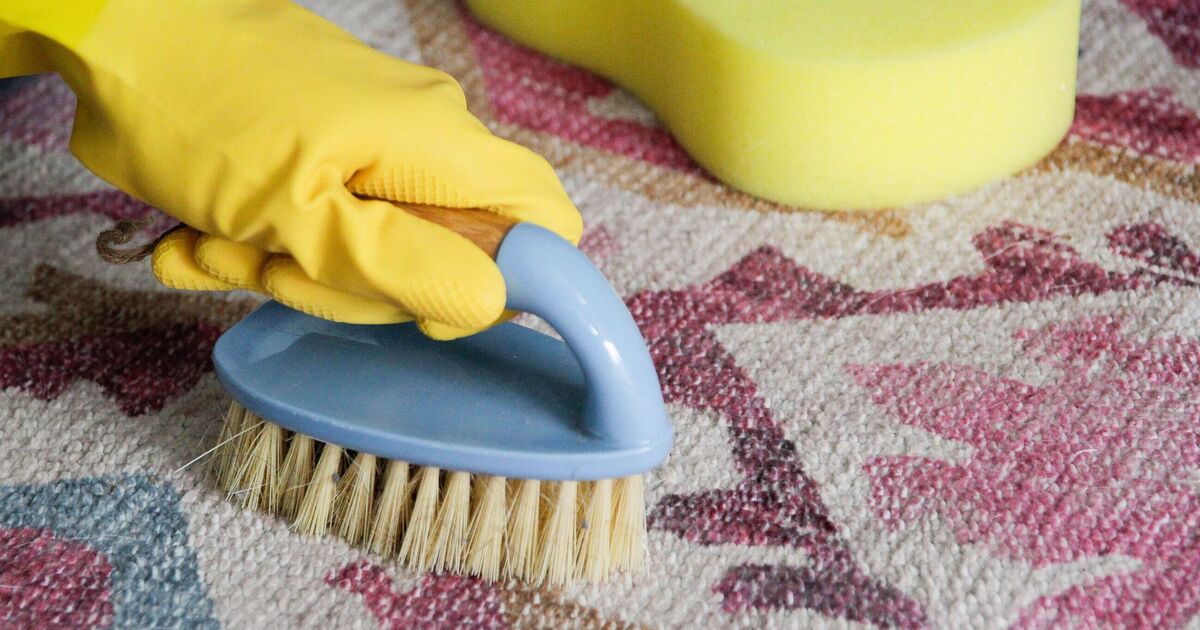Fluffy fibres in carpets are perfect for keeping rooms snug and warm during winter, but they can trap more than just heat in your home.
While common allergens like dust and pollen can be vacuumed up in minutes, experts have cautioned that airborne mould spores are tougher to remove from carpets – though not impossible.
With the right ingredients, it is easy to eliminate mould from soft furnishings like carpets and rugs without the use of harsh chemicals and bleaching agents.
Curtain and rug cleaning specialists at John Frederick Ltd stated: “Carpets can be full of all kinds of substances, including food, beverages, dirt, dust, smoke, hair and a whole host of other human cells. However, one of the biggest types of germ that lives in carpets is mould.”
Musty, foul or sour smells often indicate mould growth. Stains and discolouration, especially coloured spots, can also signal a problem.
The furnishing experts warned that although not all mould is hazardous, some types “can be toxic”, so it’s important to establish a solid approach to household cleaning.
Black, blue, red or green colours are typical of mould, while mildew is usually white, grey or yellow.
As for how to clean carpets speckled with mould spores, vinegar is an excellent solution. There’s no need to hire a heavy-duty Rug Doctor, just grab one spray bottle, some white vinegar, water, and a vacuum cleaner.
To make the mould-busting solution, mix equal parts vinegar and water in a spray bottle and give it a good shake. Spray the solution generously onto rugs and carpets throughout your home, ensuring you use all of the cleaning solution for a thorough soak.
The home experts at Beanbag Superbrand advised the best approach to be “deep cleaning”, which involves vacuuming the carpet thoroughly with an upright vacuum cleaner.
They said: “This helps remove dust mites and allergens which can make you ill. You should also vacuum skirting boards and anywhere else where dust tends to accumulate (such as behind radiators) to keep your immune system in check.”
You don’t have to wait until you spot mould growth to use vinegar against it. For areas prone to mould, like carpeted bathrooms or bedrooms with poor heating in the winter months, mist your vinegar solution all over the affected areas an hour before vacuuming.
Do this weekly, or even twice a week if needed. For hard floors, add vinegar to your mopping solution to prevent mould growth.





